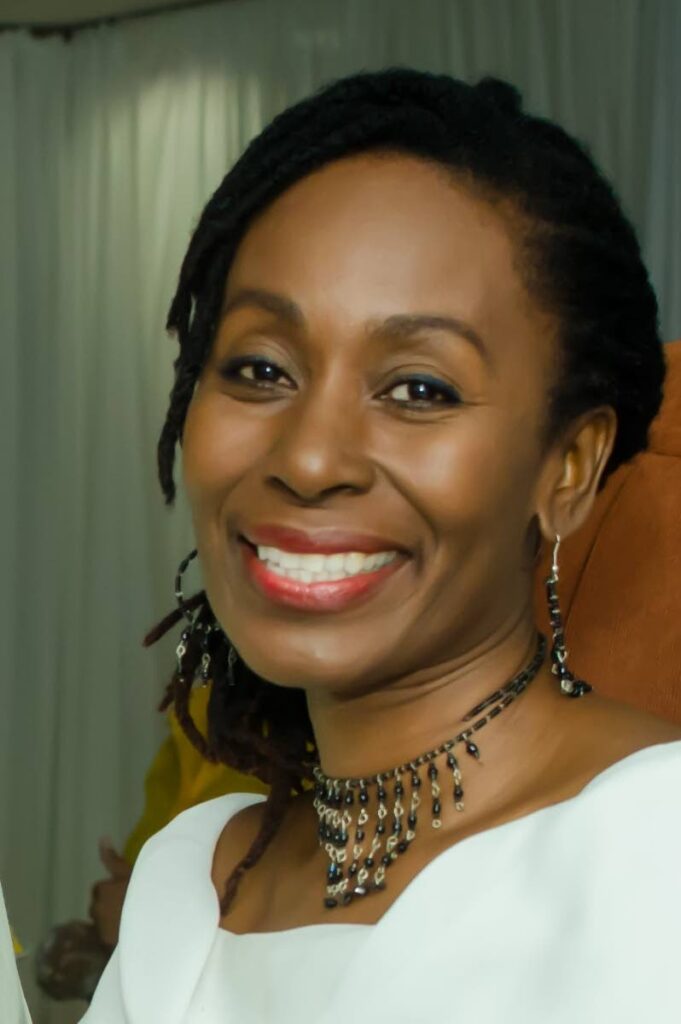Republican budgets and creative dreams

Culture Matters
DARA E HEALY
BY 1969, the mood in the country was different. The excitement of the years immediately after independence shifted towards political friction and intensified cultural activism. Dr Williams moved a motion in the House of Representatives for constitutional reform, to complete the political separation from Britain and establish TT as a nation with its own head of state. However, if federation and independence tested Williams, becoming a republic would challenge him at another level. The socio-cultural reality further intensified the situation.
For many, there was growing discontent over unequal distribution of resources, health, education…the list was overwhelming. This was fuelled by global civil rights movements against racism. In 1969, there were some 15 J’Ouvert bands with an African theme. In that same year, calypsonian Duke won the monarch competition with Black is Beautiful.
In 1970, the J’Ouvert band brought out by the Pinetoppers group was so successful that masqueraders insisted that the band parade throughout Monday and Tuesday as well. A key feature of the band was a huge vampire-like figure portraying what the organisers (and clearly also the masqueraders) thought about those in government.
Between 1969 and 1976, when the republican constitution became law, the newspapers of the day documented protests in Woodford Square. Tapia House, led by Lloyd Best, eventually produced its own white paper on constitutional reform.
In 1975, perhaps it was the cooling effect of Lord Kitchener that helped shift the temperature in the country. Kitchener’s domination of the Carnival space was almost complete with Tribute to Winston Spree. Not only did he claim the Calypso Monarch and the Road March, but in the Panorama competition, first, second and third places went to Maritime Life Hatters, NBC Fonclaire and Carib Tokyo, all playing Tribute.
The republican constitution became a reality in August of 1976. After national elections, the new Cabinet led by Eric Williams requested the president, Sir Ellis Clarke, to set September 24 as the date on which the first Parliament of the republic would meet.
Today, we face another budget under the republican constitution that this nation fought to achieve. Yet, since those early days, there is still a great deal to be achieved at a structural and policy level for the creative sector. Charting our own destiny should also mean that we recognise the pivotal role of creativity in combating the dysfunction and negativity currently plaguing our nation.
The need for funding is obvious, but how should this be allocated? In the 21st century, funding for the creative sector must be sensitive to and in alignment with the needs of the times. So, significant allocations should be provided at primary and tertiary levels for film production, photography and the positive application of mobile phone technology. This is essential to document our stories and alleviate the negative impacts of social media on the mental health of our youth.
We also need to revamp the way the arts are taught in our school system. Artists should be teaching their craft to students, if not on a full-time basis, in the context of dynamic programmes for literature, social studies and even mathematics (Mighty Chalkdust already explained all of this).
Further, there seems to be little real commitment to foster a business and financial environment that supports artists. Access to funding for creative projects is stressful, scant and often shrouded in mystery. In the face of a bombardment by foreign content, how is the cultural sector to effectively tell our stories and help build our nation when financial resources are so difficult to access?
But perhaps the most critical aspect of living up to our status as a republic is the provision of spaces for the creative sector. It is well known that the State has countless buildings and properties across the country, either falling into disrepair or unoccupied with expensive rentals being paid. There are performing arts groups across the country that need a permanent and secure space. Community centres are not really an option, as they seem to have been set up as mini-fiefdoms with their own shadowy chieftains.
The year 1976 was a milestone year for other reasons. Lord Kitchener and Desperadoes won Panorama with his composition Pan in Harmony, and Hasely Crawford brought home gold at the Olympics.
But there is little point in a glorious past if we do not allow it to inform our future. Budget for the artists and allow us truly fulfil the dream of being a republic.
Dara E Healy is a performance artist and founder of the Indigenous Creative Arts Network – ICAN


Comments
"Republican budgets and creative dreams"